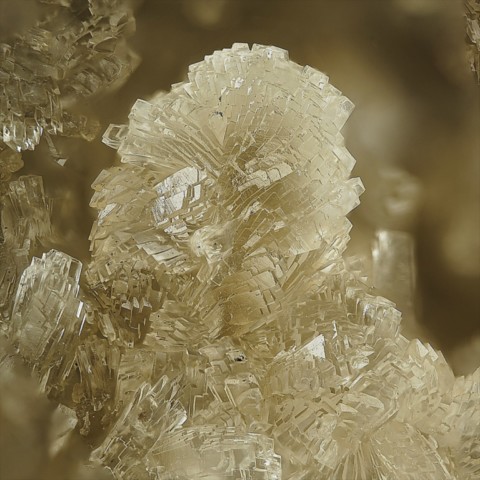FAIRFIELDITE
Class : Phosphates, arsenates, vanadates
Subclass : Hydrated phosphates
Crystal system : Triclinic
Chemistry : Ca2(Mn,Fe)(PO4)2 2H2O
Rarity : Rare
Fairfieldite is a hydrated phosphate accessory to granitic pegmatites, in which it is associated with numerous other primary and secondary phosphates (eosphorite, lithiopyllite, etc...). It owes its name to its location of discovery : Branchville in Fairfield County (Connecticut, USA). Fairfieldite occurs in prismatic to equant crystals, frequently united in foliated, fibrous or lamellar aggregates, or in masses with a radiated texture. Its color is white or embellished with yellowish, greenish-white or orange-pink pastel tones.
Main photo : Fairfieldite of Foote, North Carolina, USA © Rob Lavinsky
Fairfieldite in the World
Twinning
No twin known for this mineral species.
Fakes and treatments
No fake listed for this mineral species.
Hardness : 3.5
Density : 3.08 to 3.11
Fracture : Irregular
Streak : White
TP : Translucent to transparent
RI : 1.633 to 1.660
Birefringence : 0.019 to 0.020
Optical character : Biaxial +
Pleochroism : None
Fluorescence : None
Solubility : Acids
Magnetism : None
Radioactivity : None





